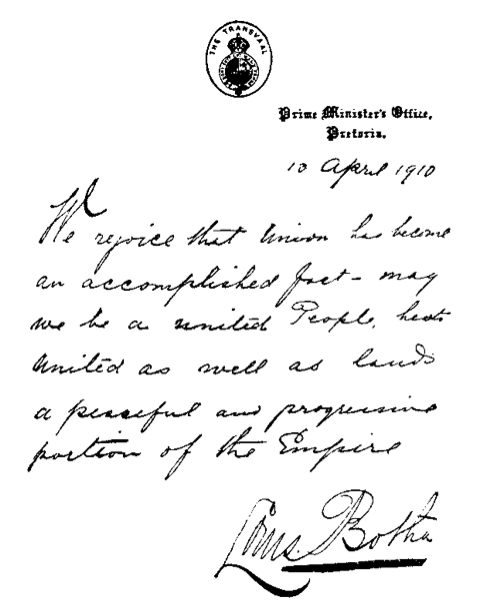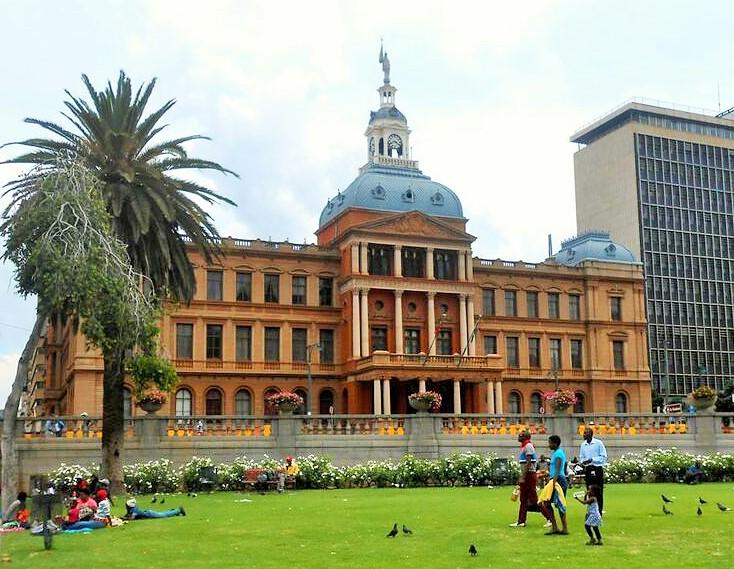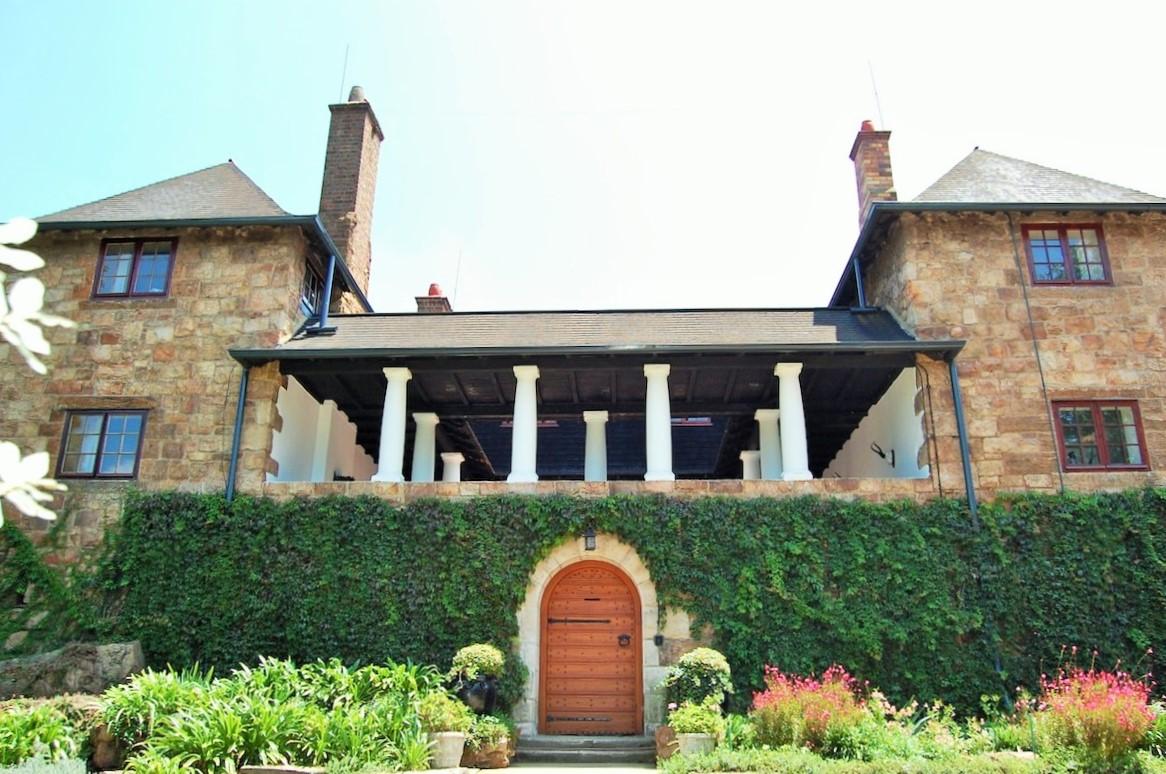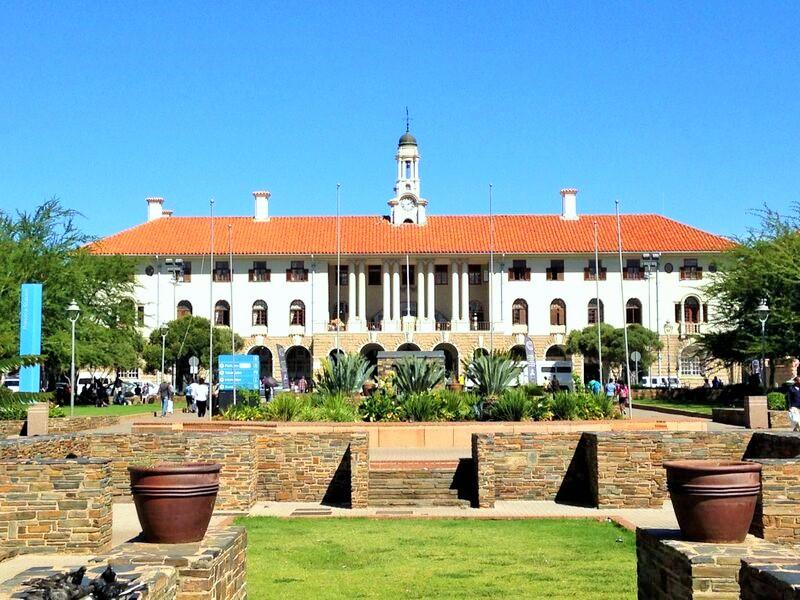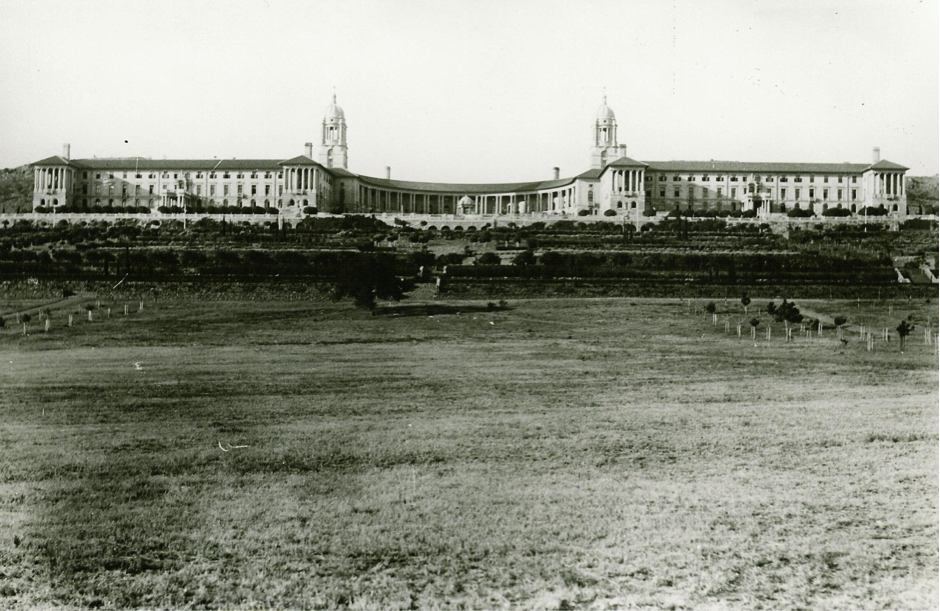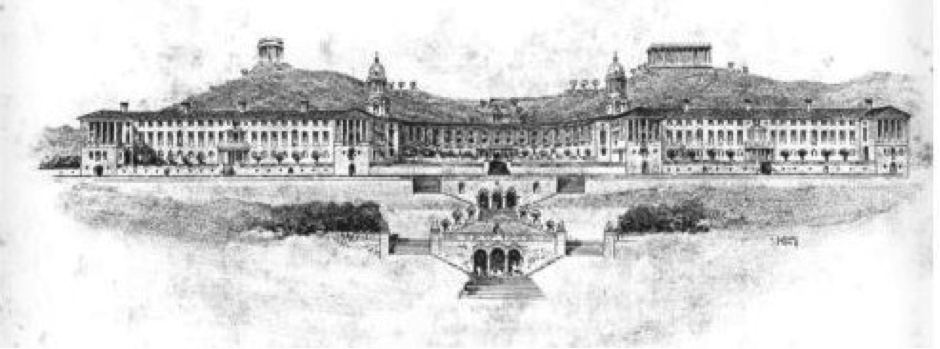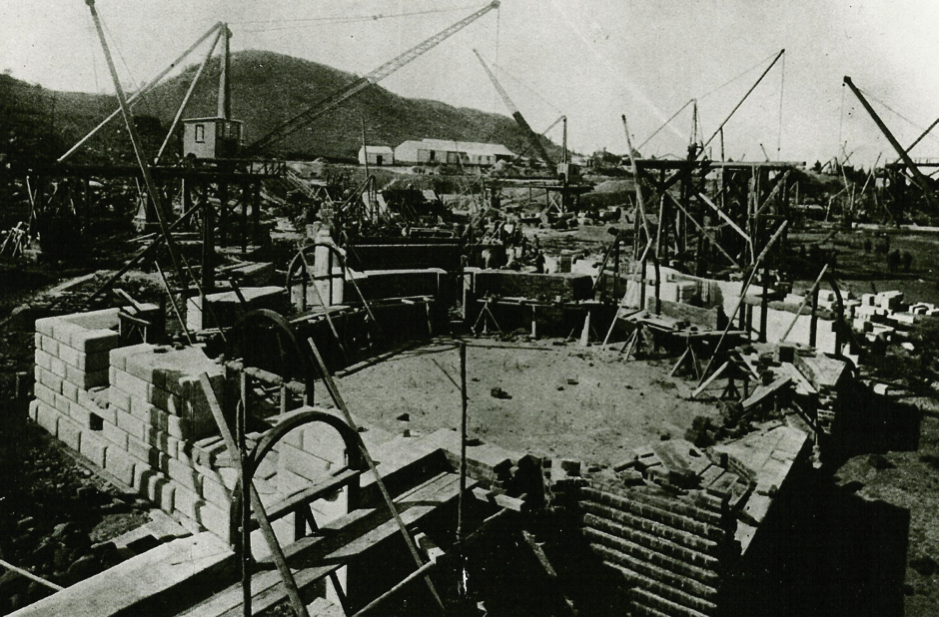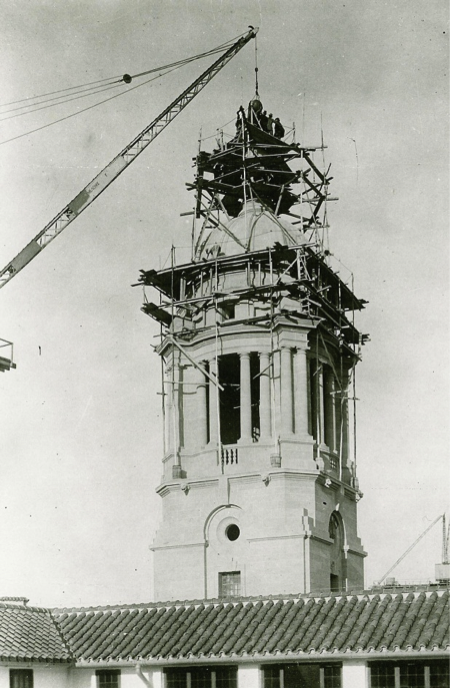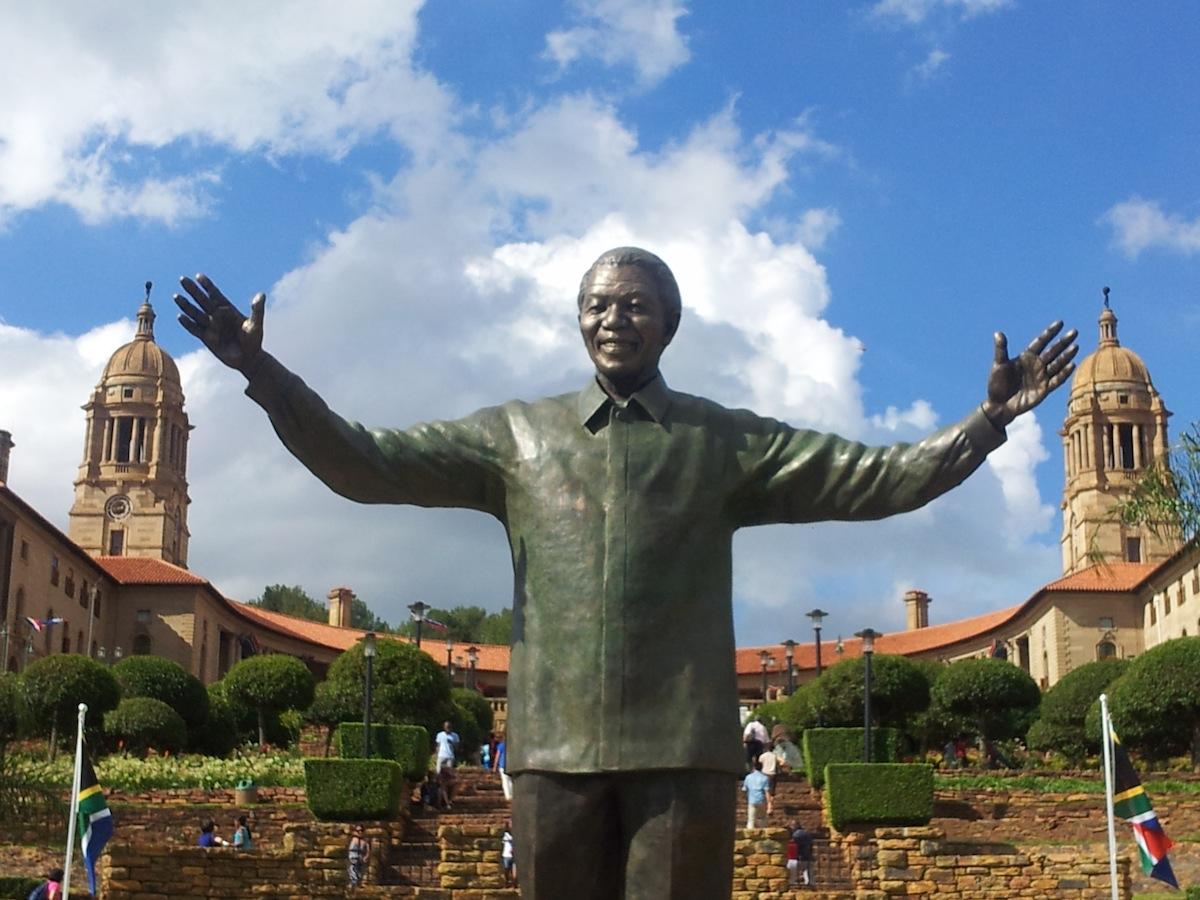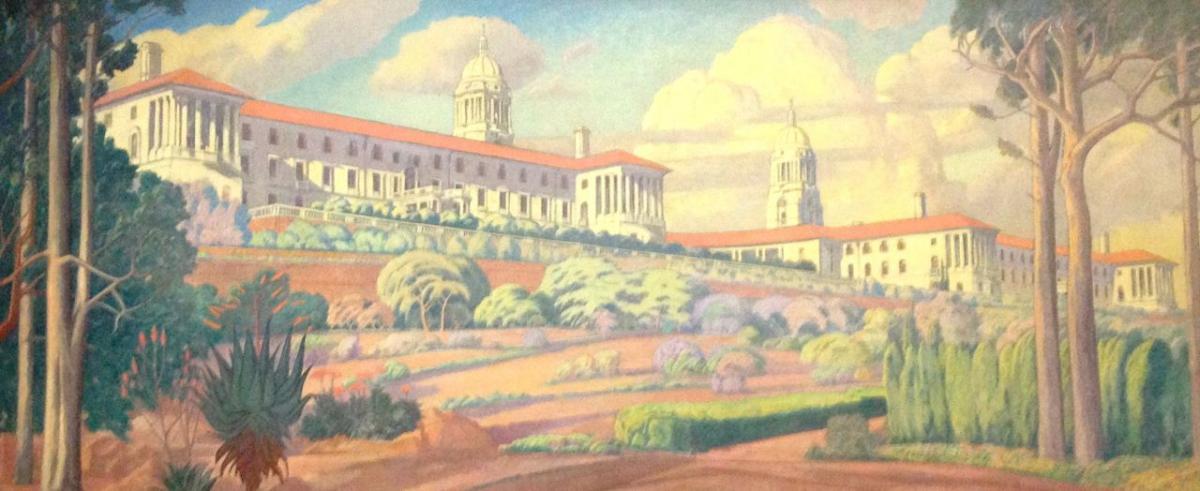
Disclaimer: Any views expressed by individuals and organisations are their own and do not in any way represent the views of The Heritage Portal. If you find any mistakes or historical inaccuracies, please contact the editor.
The Anglo-Boer (1900-1902) Vereeniging Peace Agreement document ending the war between the Boers and the British was signed at Pretoria’s gracious Melrose House on 31 May 1902 and formally announced on 2 June 1902 in front of the Raadzaal, Pretoria. This again put the whole country under the British rule. Alfred Milner, the High Commissioner for South Africa and Governor of Transvaal and Orange River Colony was responsible for the design and execution of the policy of South Africa until 1905.
After a long process the Transvaal (December 1906) and Orange River Colony (June 1907) were awarded responsible government. Jan Smuts had negotiated the deal in Britain in December 1905. But there was a greater goal in the minds of Generals Louis Botha and Jan Smuts: unification of the whole country. “I have the fullest faith that I shall be able …. to make those two great races of South Africa one solid, united and strong race,” Botha said at the 1907 Colonial Conference in London. Between October 1908 and May 1909 the National Convention was charged with the unification of the four provinces. (There was no Black, Coloured and Indian representation). Three years later Louis Botha became South Africa’s first Prime Minister and Herbert Gladstone the Governor General.
On the 31st May 1910 South Africa was united and the Union of South Africa was born.
Handwritten Note by Gen. L Botha
To keep most people happy, Cape Town became the Seat of Parliament, Pretoria the Administrative Capital and Bloemfontein the Judicial Capital. By that time, due to the opening up of the gold fields on the Rand, Pretoria already had a number of prominent government department buildings e.g. the Raadzaal, the Palace of Justice, the Central Government Offices and the Post Office on Church Square. Other buildings of that time were the Artillery Barracks, the old Museum as well as many commercial buildings.
Raadzaal (The Heritage Portal)
Cecil John Rhodes and Herbert Baker
In 1890 Cecil John Rhodes became Prime Minister of the Cape Colony and in 1891 Herbert Baker became Associate Member of the Royal Institute of British Architects (RIBA). Baker came to South Africa in 1892 and the following year was commissioned by Rhodes to restore and remodel Groote Schuur, Rhodes' house on the slopes of Table Mountain. This was the start of a deep friendship that lasted until Rhodes’ death in 1902 aged 49, and resulted in Baker getting significant appointments from him.. Rhodes sponsored Baker's further education in Greece, Italy and Egypt, after which he returned to South Africa and stayed the next 20 years.
Baker also had the patronage of Lord Milner, and was invited to the Transvaal to design and build residences for the British colonials.
Baker also designed and built his own home Stonehouse in Parktown (The Heritage Portal)
Sir Herbert Baker’s Commissions in Pretoria
At Bryntirion (1902-3) Baker was commissioned to design houses for Judges and Ministers of State, culminating in the appointment for the design in 1905 of Government House.
In 1909 Baker received his first large commission for a secular public building in the Transvaal, being the Railway Station in Pretoria.
Pretoria Railway Station (The Heritage Portal)
Choosing the Site for the Union Buildings
Also during 1909 Herbert Baker was commissioned by the Transvaal Government to design the Government Building of the Union of South Africa. In choosing the site, Baker recounts in an article in the Pretoria News of 7 November 1941: “I was given a free hand in suggesting sites in and around the city. I was shown the blocks the Government had bought on Market (Paul Kruger) Street leading from Church Square to the new station” (which he was then building). “But with the high ideals we all had at the time, I thought this site unworthy of the capital buildings of the now united South Africa. So I explored the surrounding kopjes, and selected two sites overlooking the city”. “(The) One on the kopje to the south had the advantage of flat land on the top for the building and for extensions and gardens; and also of sunlit front (northern) facades. The other was opposite to it on the northern Meintjes Kop, which rises on the east of the city like an acropolis, and terminates in Government House at the other end. (Bryntirion). The only possible site on it near the city was a narrow platform halfway up, so that without the expense of colossal retaining walls it had to be a narrow building with its front façade almost always in shadow. But there was in the rock platform a depression such as the Greeks might have chosen for an amphitheatre”…… “So the vision came to me of two great blocks built around an amphitheatre“. When visiting the sites with Lady Selbourne, “she stressed the importance of nearness to Government House (in Bryntirion) as well as the heart of Pretoria”. ”These factors, and the charm of the site, determined my recommendation. Making some rough sketches and visiting the site with General Smuts” ….. “he with his quick insight and imagination, at once visualised the idea with the power to give dignity and beauty to the instrument and symbol of the Union”.
There was some criticism of the site. The Earl of Selborne had no sympathy with the critics and said “that people who chose this site have chosen one of the finest sites in the world “ “people will come from all over the world to wonder at the beauty of the site, and to admire the forethought and courage of the men who selected it.”
Union Buildings and Gardens circa 1920
The Scheme
Baker made exquisite use of the chosen site. In considering the site he realised the design by placing the two blocks on the natural terraces on either side of a depression or gorge down to the valley, which he chose to place the colonnaded semi-circular amphitheatre block with two tall domed towers, standing as sentinels and joining the flanking blocks and framing the central amphitheatre.
The two blocks each have, at either end, strong columned porticos and a central entrance porch leading into a finely colonnaded courtyard of pink sandstone.
When the plans were made public the chief criticism was concentrated around the Amphitheatre - “what was the use of such a thing”? The value however was proven by many political gatherings held there and is still used today for important occasions. (Botha’s triumphant return from the conquest of South West Africa, Smuts’ victorious return from the East African Campaign, Verwoerd’s Funeral, and now the presidential inaugurations of our Presidents).
Early sketch of the Union Buildings with the Temples on the top of Meintjes Kopje
The Building
General Jan Smuts gave the go-ahead for the planning. The Meintjies Kopje was surveyed; Baker further developed plans and estimates and submitted them for approval to the Minister of Public Works and the Cabinet. After a speedy approval General Louis Botha expressed the urgency for the work to proceed.
Two firms of contractors were appointed on the Building. Meischke, a Hollander to build the two blocks, and Messrs Prentice and Mackie for the central Amphitheatre Block. On the 26th November 1910 the cornerstone of the Union Building was laid by the Duke of Connaught.
Corner Stone being laid
Hoisting the atlas statue on to the tower
According to communication from the Department of Works to the City Treasurer the building was completed in October 1913. Nearly three years from start to finish.
The Significance of the Union Buildings
Statement of Significance as formulated in the CONSERVATION MANAGEMENT PLAN by UBAC. The Union Buildings as a place or site of significance enriches people’s lives, providing a deep and inspirational sense of connection to community and city landscape, to the past (history) and memories. It is a tangible expression of a proudly South African identity and experience.
Mandela Statue at the Union Buildings (The Heritage Portal)
As a place of significance it reflects the diversity of the South African society, telling us who we are, the past that has formed us as well as the South African landscape. The site is therefore irreplaceable, precious and indeed of national importance; hence it must be conserved for present and future generations”.
(Information as gathered for the Conservation Management Plan by UBAC Consortium 2007)
First published in The Arcadian
Comments will load below. If for any reason none appear click here for some troubleshooting tips. If you would like to post a comment and need instructions click here.

